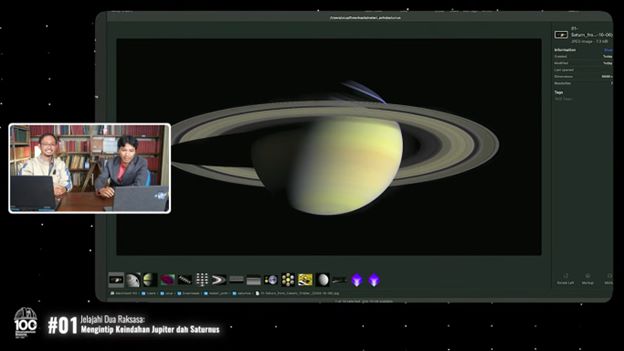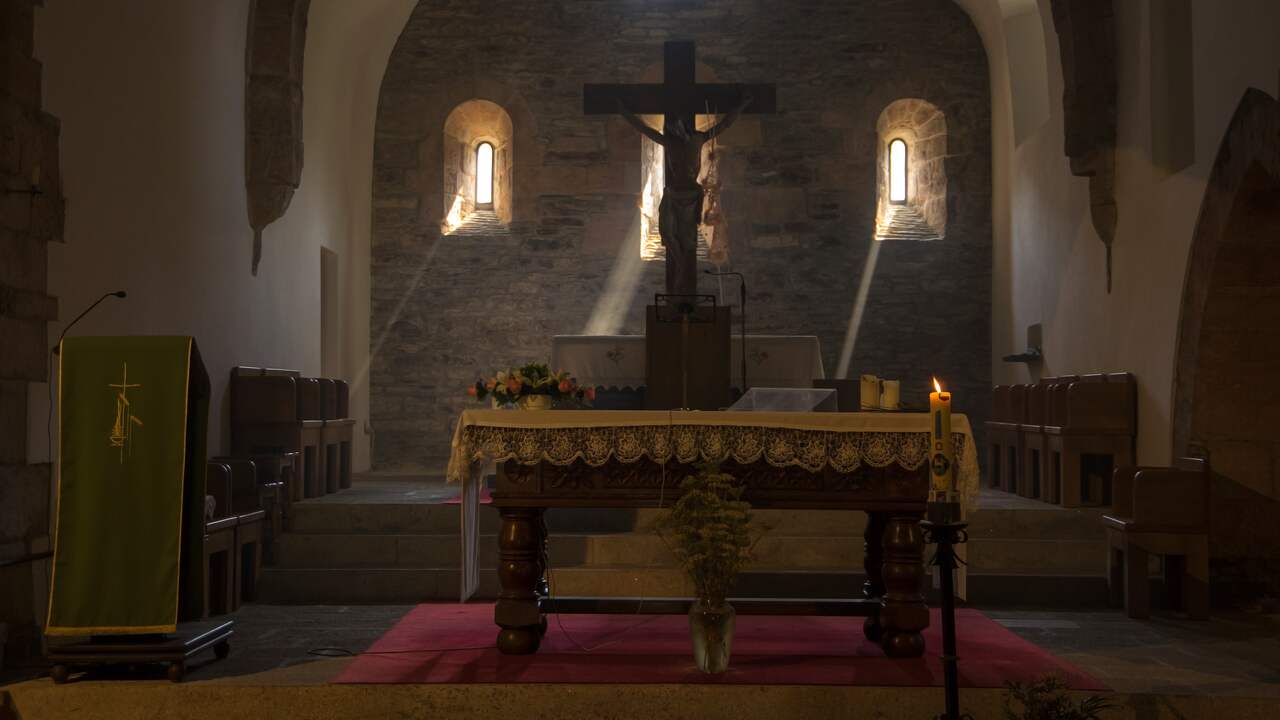IPOL.ID – The Bosscha Observatory once again pampered astronomy enthusiasts and students through “Virtual Night Sky Observations (PVLM)”, in mid-October. Guided by two Bosscha Observatory researchers, Muhammad Yusuf and Dhimaz G. Ramadhan, this PVLM was held with the theme “Exploring the Two Giants: Peeking at the Beauty of Jupiter and Saturn”.
Observations were carried out in two different places, namely from the Bosscha Observatory in Lembang and Nusa Cendana University in Kupang. However, due to weather factors which caused the Lembang sky to be covered by thick clouds, observations were focused from Kupang using a telescope with a diameter of 20 centimeters with a focal length of 2 meters. Reporting from itb.ac.id, The observation targets are the planets Saturn and Jupiter which are currently experiencing an opposition phase so they can be clearly seen from Earth.
Jupiter and Saturn are the two largest planets in the solar system that are composed of gas. The gaseous material that makes up the planet causes the planet’s surface to always fluctuate, giving rise to bright dark patterns on the surface. One point with another point on the surface of the same planet may have a different speed, angle and direction of rotation.
After explaining the similarities between the two planets, Yusuf and Dhimaz provided an understanding of the planet Saturn which was observed that night. Saturn is a gas giant planet whose diameter is equivalent to 9 times the diameter of the earth, with a volume 760 times the volume of the earth, and a mass 95 times the mass of the earth. However, with its size, Saturn only takes 10.5 hours to rotate. Very fast rotation causes Saturn’s structure to be more compact at the Equator so that its shape is not a perfect ball.
Saturn has a ring structure that is most clearly visible from Earth among the other gas planets because its material is composed of ice which can reflect sunlight. Saturn’s rings also have light-dark patterns caused by differences in ice density. In fact, Saturn’s rings have a very wide expanse with a thickness of only 10 m.
“For example, if we reduce the planet Saturn to the size of 1 meter, we also reduce the rings to the same reduction scale, the thickness of the rings will be thinner than a razor blade,” said Dhimaz.
According to the latest data, Saturn has 146 satellites with the largest satellite called Titan. Yusuf and Dhimaz describe Titan as a satellite with a fairly thick atmosphere and containing rivers and lakes of liquid methane. On the surface there are rocks and volcanic activity that throws icy lava.
Then the observations were shifted to Jupiter, a giant gas planet with a diameter 11 times the diameter of the Earth and a volume 1,300 times the volume of the Earth. Jupiter has a faster rotation time than Saturn, which is only around 8.5 hours. The bright dark features typical of gas planets are most clearly visible on Jupiter. In this light-dark border area there is friction which very often causes turbulence and storms on the surface of Jupiter. The most famous storm that has been visible since humans first pointed telescopes at Jupiter is The Great Red Spot. It is called that because this storm looks like a large red dot on the surface of Jupiter when seen from Earth.
Saturn also experiences the aurora phenomenon as a result of the interaction of charged particles from the sun (solar wind) with Jupiter’s magnetic field. In contrast to Earth’s magnetic field which originates from the Earth’s core, Jupiter’s magnetic field originates from the interaction of the electrons of the hydrogen gas that makes it up. Similar to Saturn, Jupiter also has rings that can only be seen with infrared detectors because the material that makes them up is not ice and the structure is not too massive. Apart from that, Jupiter also emits its own energy which is greater than the energy it receives from the sun. This often gives rise to the misconception that Jupiter is a failed star.
“Fusion reactions can at least occur if the mass of an object is approximately 1/12 the mass of the sun. “Meanwhile, Jupiter’s mass is 1/1000 the mass of the sun, meaning it is still too far away to become a star,” said Yusuf.
Jupiter’s satellites were first observed by Galileo 400 years ago. He observed small dots around Jupiter which turned out to be moving around the planet. From these observations, Galileo concluded that the earth orbited something larger than it, just as the satellites he observed orbited Jupiter, so the heliocentric theory was born. The four satellites observed by Galileo became known as the Galilean Moons, which are the four largest satellites of Jupiter, namely Ganymede, Europa, Io and Callisto. (team)
2023-11-24 23:03:03
#Peek #Beauty #Jupiter #Saturn #Bosscha #Observatory


